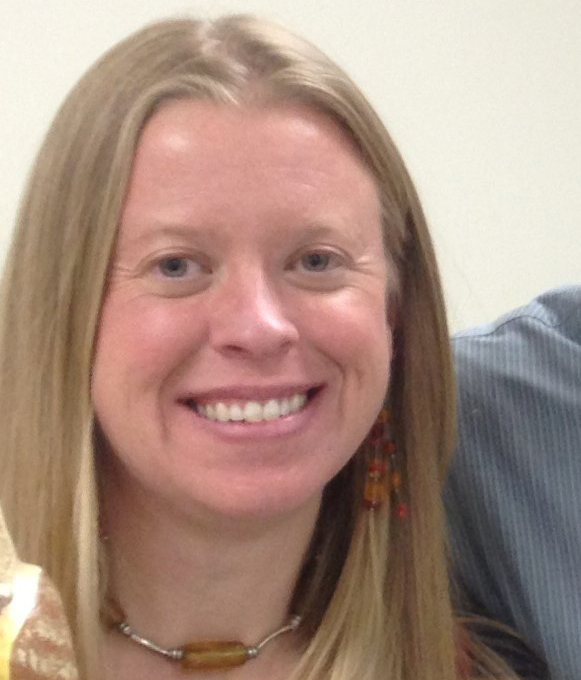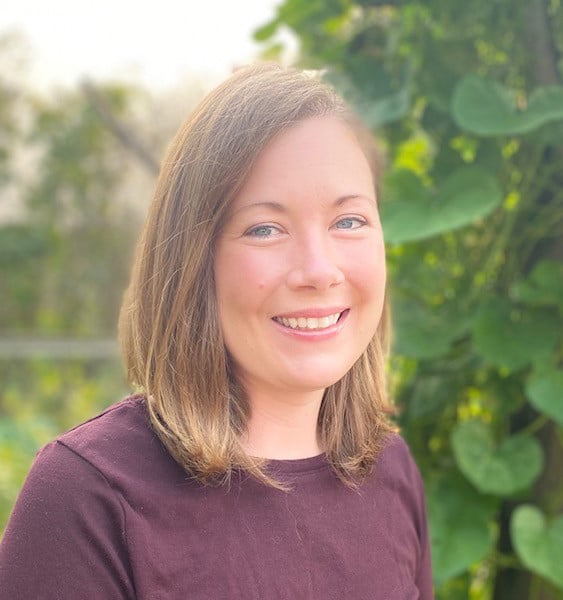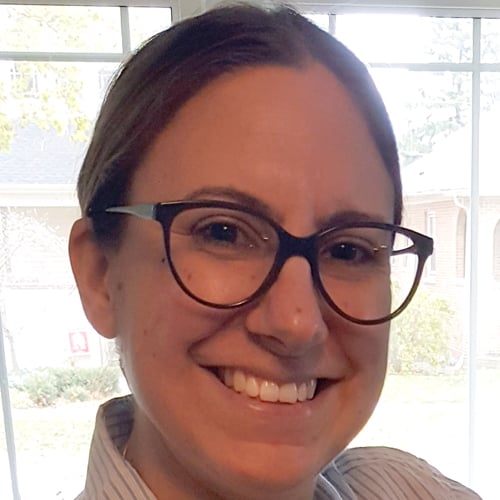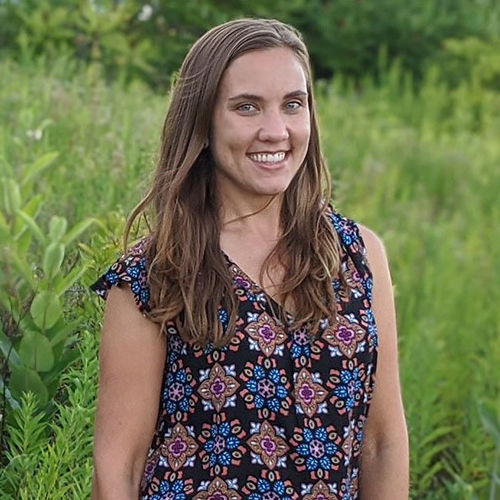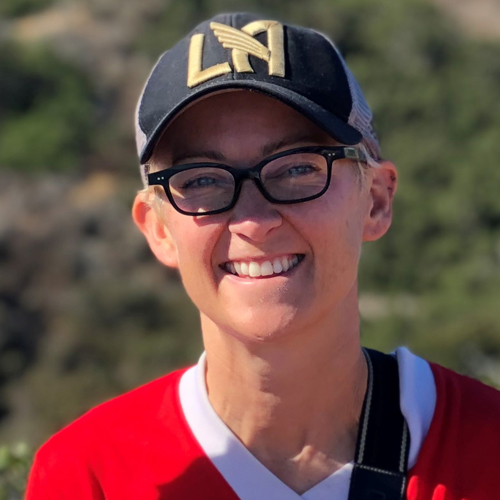2020 Symposium Webinars
The 2020 Wildlife & Energy Interaction Symposium was a webinar series focused on how to succeed in the midst of an ever-changing climate of environmental regulations.
Eagle Conservation Planning and Implementation
This panel presentation discussed how ECPs are developed and implemented. Speakers from Xcel Energy shared lessons learned during the implementation of an ECP at one of their operating energy facilities. A representative from the U.S. Fish & Wildlife Service also discussed how local area populations are considered in eagle risk evaluation.
Speakers
Kirsten McDonnell
Eagle Biologist, U.S. Fish and Wildlife Service
Kirsten McDonnell serves as the eagle biologist for Interior Regions 6 (TX, OK), 7 (NM), and 8 (AZ) of the U.S. Fish and Wildlife Service, Division of Migratory Birds. In this capacity, she provides biological support on a variety of issues relating to the conservation of eagles and other raptor populations by working with wind energy developers and other industries to provide scientific and technical expertise that supports conservation planning and the eagle take permit process. Kirsten has 20 years of work experience as a raptor biologist, a bachelor’s degree in resource ecology and management from the University of Michigan and a master’s in biology from the University of New Mexico.
Patrick Flowers
Manager, Environmental Services, Xcel Energy
Patrick Flowers is a manager of environmental services at Xcel Energy’s Northern States Power (NSP). He manages water, air and wildlife compliance issues of generation, transmission and distribution assets across NSP’s service territory in the upper Midwest. This includes wind and wildlife issues with the growing list of wind energy facilities owned and operated by NSP in North Dakota, South Dakota, Minnesota and Iowa. Patrick has worked for Xcel Energy since 2003 and has been an environmental services manager since 2006. He holds a bachelor’s in meteorology from the University of Kansas.
Kate Schindler
Environmental Analyst, Xcel Energy
Kate Schindler manages environmental permitting and compliance at Xcel Energy’s NSP wind energy facilities in Minnesota, North Dakota, South Dakota and Iowa. Kate has worked for Xcel Energy since 2016 and has been involved with wind projects since 2008. Kate manages all environmental aspects of NSP’s wind energy projects during construction and operation and specializes in wind-wildlife interactions. She has a bachelor’s in biology from St. Olaf College and a master’s degree in natural resource management from the University of Wisconsin – Stevens Point.
Conservation Planning and Implementation Under the Endangered Species Act
This presentation shared lessons learned about the implementation of the nationwide Candidate Conservation Agreement with Assurances for the monarch butterfly and the U.S. Fish and Wildlife Service Midwest Short Term Wind Habitat Conservation Plan Template for Indiana and northern long-eared bat in Region 3.
Speakers
Erin O’Shea
Senior Environmental Manager, EDP Renewables (EDPR)
Erin O’Shea manages environmental permitting and permit compliance for EDPR’s projects in the eastern region of the U.S. She supports everything from planning phases through construction and operations, including developing strategies to avoid and minimize environmental impacts. Erin has led the development of Habitat Conservation Plans for over 1.5 GW of EDPR’s wind power fleet. Erin has a Bachelor of Science in mechanical and aerospace engineering from Princeton University and over 15 years of experience in the renewable energy industry, primarily in environmental and siting issues related to wind energy projects.
Caroline Hernandez
Program Assistant, Energy Resources Center at the University of Illinois at Chicago
Caroline Hernandez works in the sustainable landscapes program at the Energy Resources Center at the University of Illinois at Chicago. She supports the Rights-of-Way as Habitat Working Group and various stakeholders by educating on pollinator habitat loss and creating tools and resources to better serve habitat conservation on energy and transportation working landscapes. Caroline also coordinates with partners on the monarch Candidate Conservation Agreement with Assurances, the first nationwide CCAA. Caroline holds a dual master’s degree in sustainable development and international affairs.
Designing a Proactive Approach: Utility and Renewable Energy Natural Disaster Planning and Recovery
Speakers
Kara Donohue
Avian Program Manager, Southern California Edison
Kara Donohue is the avian program manager for Southern California Edison, where she has worked since 2007. She is the immediate past chair of the Avian Power Line Interaction Committee. She has a master’s degree in raptor biology from Boise State University, where she studied red-tailed hawk migration.
Tom Harries, Ph.D.
Head of Wind Research, Bloomberg New Energy Finance
Tom Harries is the head of wind research at Bloomberg New Energy Finance (BloombergNEF), where he leads a global team of analysts covering policy, supply chain, technology and finance across the onshore and offshore wind sectors. Before leading this team, Tom spent five years specializing in offshore wind. He has also provided the opening keynote at both U.S. and European offshore wind events. Prior to joining BloombergNEF in 2014, Tom completed his doctorate in engineering at Cardiff University, focusing on tidal stream turbines. He also holds a master’s degree in civil engineering.
Luisette Rios-Castañer
Head of Environmental Protection and Quality Assurance Division, Puerto Rico Electric Power Authority (PREPA)
Luisette Rios-Castañer promotes and develops policies, plans and projects that achieve environmental compliance for all PREPA activities. Her duties include understanding federal, state and local laws concerning environmental compliance. She incorporates the best practices of environmental planning and recommends measures to reduce environmental harm and enhance environmental quality throughout the PREPA service area. Luisette has worked in various positions within PREPA’s Environmental Division. Most recently, she worked during natural disaster recovery to reestablish Puerto Rico’s electrical grid. She helps PREPA seek alternatives to meet environmental requirements under unique circumstances. Her leadership and experience have allowed PREPA to resiliently manage the challenges presented by Hurricane Maria.
✖
